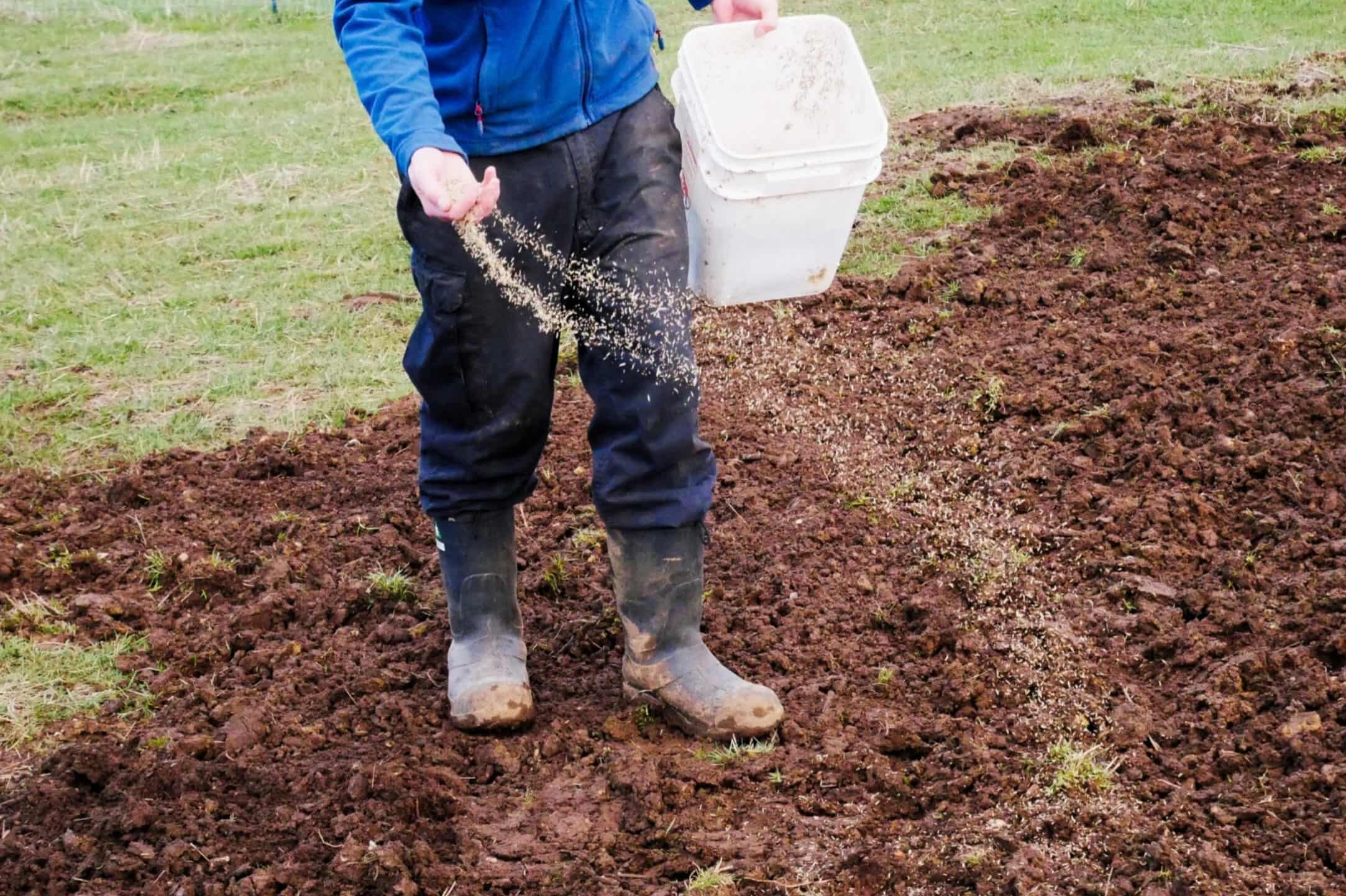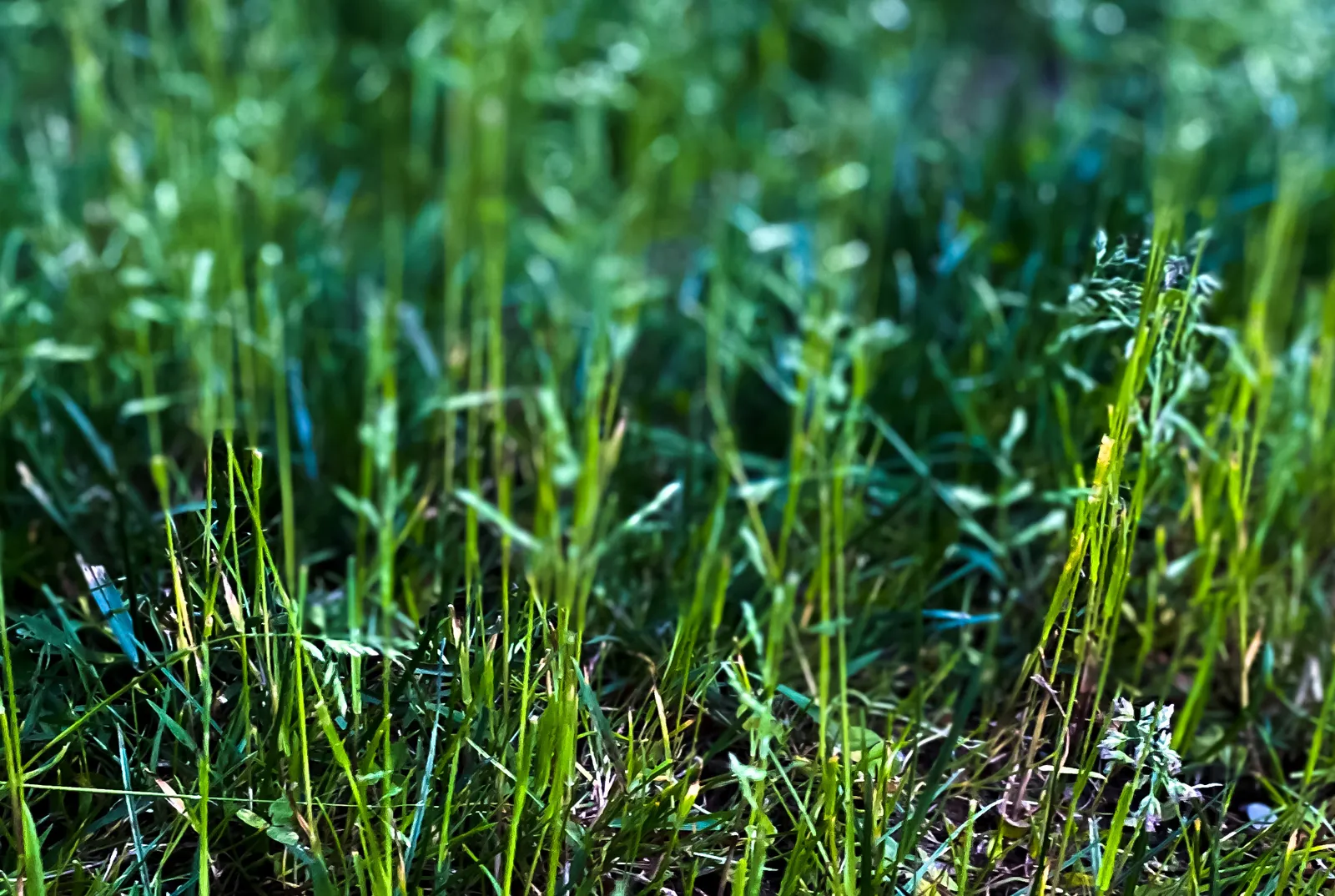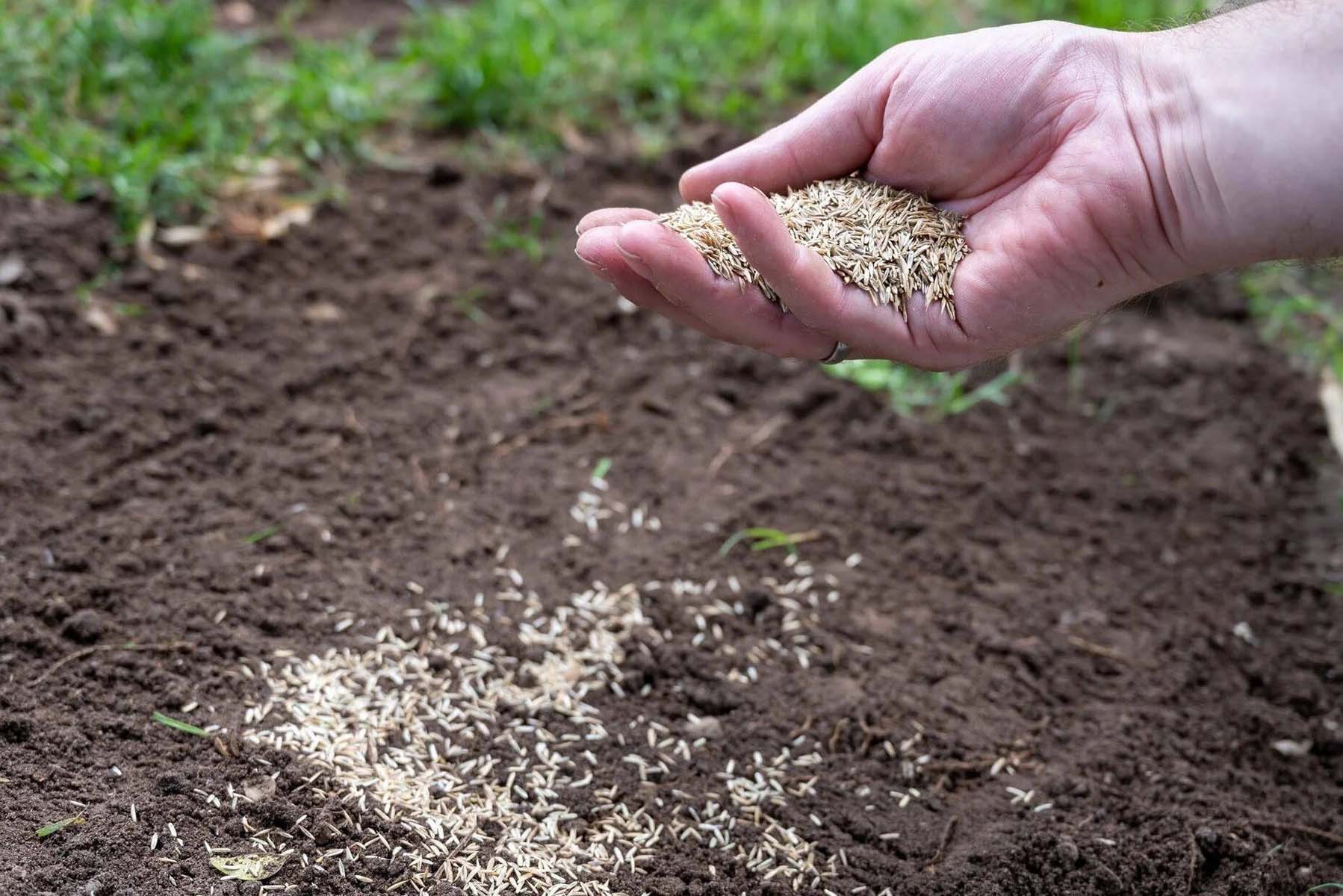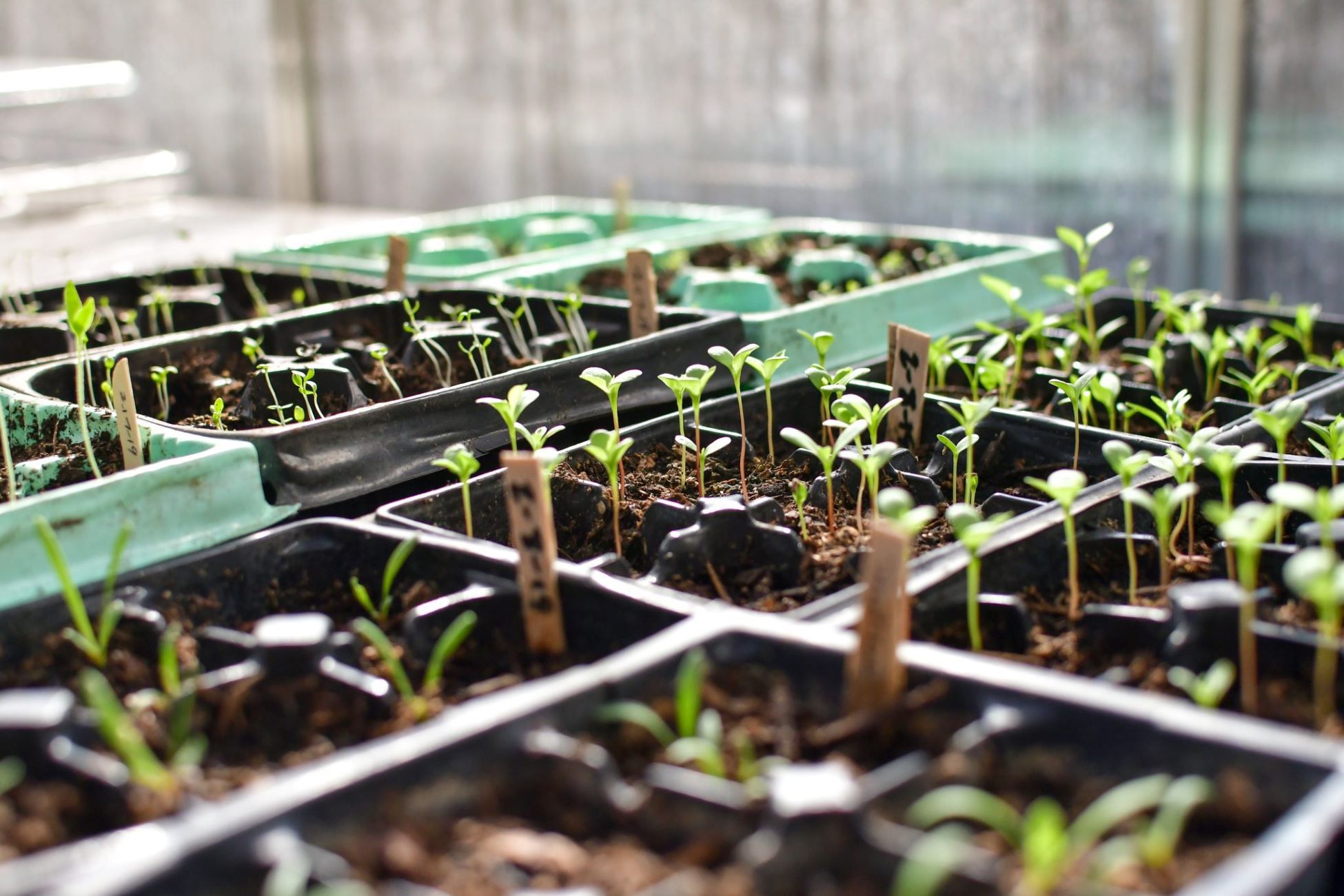Home>Gardening & Outdoor>Landscaping Ideas>When To Plant Grass Seed In Massachusetts


Landscaping Ideas
When To Plant Grass Seed In Massachusetts
Published: January 29, 2024
Find the best time to plant grass seed in Massachusetts with our expert landscaping ideas. Get a lush, green lawn with our planting tips and advice.
(Many of the links in this article redirect to a specific reviewed product. Your purchase of these products through affiliate links helps to generate commission for Storables.com, at no extra cost. Learn more)
Best Time to Plant Grass Seed in Massachusetts
Planting grass seed in Massachusetts requires careful timing to ensure optimal growth and establishment. The best time to plant grass seed in Massachusetts is during the late summer to early fall, typically between mid-August and mid-September. This window allows the seeds to germinate and establish before the harsh winter sets in, giving them a head start for robust growth in the following spring.
During this period, the soil is still warm from the summer months, which encourages rapid seed germination. Additionally, the cooler air temperatures and increased moisture from fall rains create favorable conditions for the young grass plants to develop strong root systems before the onset of winter. Planting grass seed during this time maximizes the chances of successful establishment and provides a lush, healthy lawn in the coming year.
It's important to avoid planting grass seed in Massachusetts during the hot and dry summer months, as the high temperatures and limited moisture can hinder seed germination and lead to poor establishment. Similarly, planting too late in the fall may not allow the grass seedlings enough time to develop before the arrival of winter frost, which can compromise their survival.
By adhering to the recommended timeframe for planting grass seed in Massachusetts, homeowners can set the stage for a thriving lawn that can withstand the region's varying climate and environmental conditions.
Key Takeaways:
- Best Time to Plant Grass Seed in Massachusetts
Late summer to early fall, between mid-August and mid-September, is the best time to plant grass seed in Massachusetts. This gives the seeds a head start for robust growth in the following spring. - Factors to Consider Before Planting Grass Seed
Consider soil type, climate, sunlight exposure, water availability, and existing vegetation before planting grass seed in Massachusetts. These factors impact the success of the seeding process and the long-term resilience of the grass.
Read more: When To Plant Grass In Massachusetts
Factors to Consider Before Planting Grass Seed
Before planting grass seed in Massachusetts, several crucial factors should be taken into account to ensure the successful establishment of a healthy and vibrant lawn. Understanding these considerations can significantly impact the outcome of the seeding process and the long-term resilience of the grass. Here are key factors to consider:
- Soil Type: Assessing the soil type is essential, as it determines the grass species that will thrive in the specific conditions. Massachusetts soils vary widely, ranging from sandy to loamy and clayey compositions. Conducting a soil test can provide valuable insights into the pH level, nutrient content, and overall soil quality, enabling homeowners to select grass seed varieties that are best suited to their soil type.
- Climate: Massachusetts experiences diverse climate patterns across its regions, influencing temperature, precipitation, and seasonal changes. Understanding the local climate is crucial for selecting grass seed varieties that can withstand the state’s weather conditions, including cold winters and hot summers. Certain grass species, such as Kentucky bluegrass and fescue, are well-adapted to Massachusetts’ climate and can thrive in varying temperature ranges.
- Sunlight Exposure: Assessing the sunlight exposure in the intended lawn area is vital, as different grass species have varying sunlight requirements. Some grass types, like fine fescues, tolerate shade well, while others, such as Bermuda grass, thrive in full sun. Understanding the sunlight patterns in the yard helps in selecting the most suitable grass seed varieties for optimal growth.
- Water Availability: Evaluating the water availability and drainage characteristics of the soil is crucial for selecting grass seed varieties that can thrive in the specific moisture conditions. Factors such as irrigation systems, natural drainage patterns, and water retention capacity should be considered to ensure that the chosen grass species can efficiently utilize available water resources.
- Existing Vegetation: Assessing the presence of existing vegetation, such as weeds or unwanted grass species, is essential before planting new grass seed. Properly addressing any existing vegetation through eradication or soil preparation is crucial to create favorable conditions for the successful establishment of the desired grass species.
Considering these factors before planting grass seed in Massachusetts is fundamental to selecting the most suitable grass varieties and preparing the environment for successful germination and growth. By addressing these considerations, homeowners can lay the foundation for a resilient and flourishing lawn that enhances the beauty and functionality of their outdoor space.
The best time to plant grass seed in Massachusetts is in the late summer or early fall, between mid-August and mid-September. This allows the seeds to establish before the winter and thrive in the following spring.
Steps for Planting Grass Seed in Massachusetts
Planting grass seed in Massachusetts requires careful preparation and execution to ensure the successful establishment of a lush and healthy lawn. By following specific steps, homeowners can maximize the germination and growth potential of the grass seed, leading to a vibrant and resilient lawn. Here are the essential steps for planting grass seed in Massachusetts:
- Prepare the Soil: Begin by preparing the soil in the intended lawn area. Remove any debris, such as rocks or branches, and use a garden rake to loosen the top layer of soil. Incorporate organic matter, such as compost, to improve soil structure and fertility, creating an ideal environment for seed germination.
- Perform a Soil Test: Conduct a soil test to assess the pH level and nutrient content of the soil. Based on the soil test results, adjust the pH as needed and add any necessary soil amendments to provide an optimal growing environment for the grass seed.
- Select the Right Grass Seed: Choose high-quality grass seed varieties that are well-suited to Massachusetts’ climate and soil conditions. Consider factors such as sunlight exposure, water availability, and intended land use to select the most appropriate grass species for the lawn area.
- Sow the Grass Seed: Evenly distribute the grass seed over the prepared soil using a seed spreader or by hand. Be mindful of the recommended seeding rates for the specific grass species to achieve an even and dense lawn coverage.
- Rake and Press the Seed: Gently rake the soil to lightly cover the grass seed, ensuring good seed-to-soil contact. Use a lawn roller or gently press the soil with the back of a garden rake to secure the seed in place and promote germination.
- Water the Seeded Area: After sowing the grass seed, water the area thoroughly to moisten the soil. Maintain consistent soil moisture by lightly watering the seeded area multiple times a day, especially during dry periods, to support seed germination and early growth.
- Monitor and Maintain: Keep a close eye on the seeded area, monitoring soil moisture levels and the emergence of grass seedlings. Protect the area from foot traffic and minimize disturbances to allow the grass seedlings to establish and grow.
Following these steps for planting grass seed in Massachusetts sets the stage for successful germination and establishment, leading to the development of a vibrant and resilient lawn. By providing the necessary care and attention during the seeding process, homeowners can enjoy the beauty and benefits of a thriving grass lawn in their outdoor space.
Tips for Maintaining Newly Planted Grass Seed
After planting grass seed in Massachusetts, proper maintenance is crucial to support the germination and establishment of the young grass plants, setting the stage for a healthy and vibrant lawn. Implementing effective maintenance practices can significantly impact the success of the newly planted grass seed. Here are essential tips for maintaining newly planted grass seed:
- Watering: Maintain consistent soil moisture by watering the newly seeded area lightly multiple times a day, especially during dry periods. Avoid overwatering, as excessive moisture can lead to seedling diseases and poor germination. Gradually reduce watering frequency as the grass seedlings mature and the root systems develop.
- Minimize Traffic: Minimize foot traffic and activities in the newly seeded area to prevent soil compaction and damage to the emerging grass seedlings. Restricting access to the seeded area allows the grass seedlings to establish strong root systems and promotes uniform growth across the lawn.
- Mowing: Refrain from mowing the newly planted grass seed until the seedlings reach a height of at least 3 inches. When mowing for the first time, ensure that the mower blades are sharp and set at a higher cutting height to avoid stressing the young grass plants. Gradually lower the cutting height in subsequent mowing sessions as the grass matures.
- Fertilization: Avoid applying fertilizer to the newly planted grass seed until the seedlings have been mowed at least three times. Once the grass has established and developed a strong root system, consider a light application of a balanced fertilizer to support healthy growth and development.
- Weed Control: Monitor the newly seeded area for weed growth and address any emerging weeds promptly. Hand-pulling weeds or using targeted herbicides can help prevent weed competition and promote the successful establishment of the grass seedlings.
- Protection from Pests: Keep an eye out for potential pest issues that may affect the newly planted grass seed. Implement appropriate pest control measures if signs of pest damage, such as insect feeding or disease symptoms, are observed.
By adhering to these tips for maintaining newly planted grass seed, homeowners can provide the necessary care and support for the emerging grass seedlings, fostering their growth and development into a lush and resilient lawn. Consistent maintenance practices contribute to the long-term health and beauty of the grass, creating an inviting outdoor space for leisure and recreation.
Frequently Asked Questions about When To Plant Grass Seed In Massachusetts
Was this page helpful?
At Storables.com, we guarantee accurate and reliable information. Our content, validated by Expert Board Contributors, is crafted following stringent Editorial Policies. We're committed to providing you with well-researched, expert-backed insights for all your informational needs.
















0 thoughts on “When To Plant Grass Seed In Massachusetts”